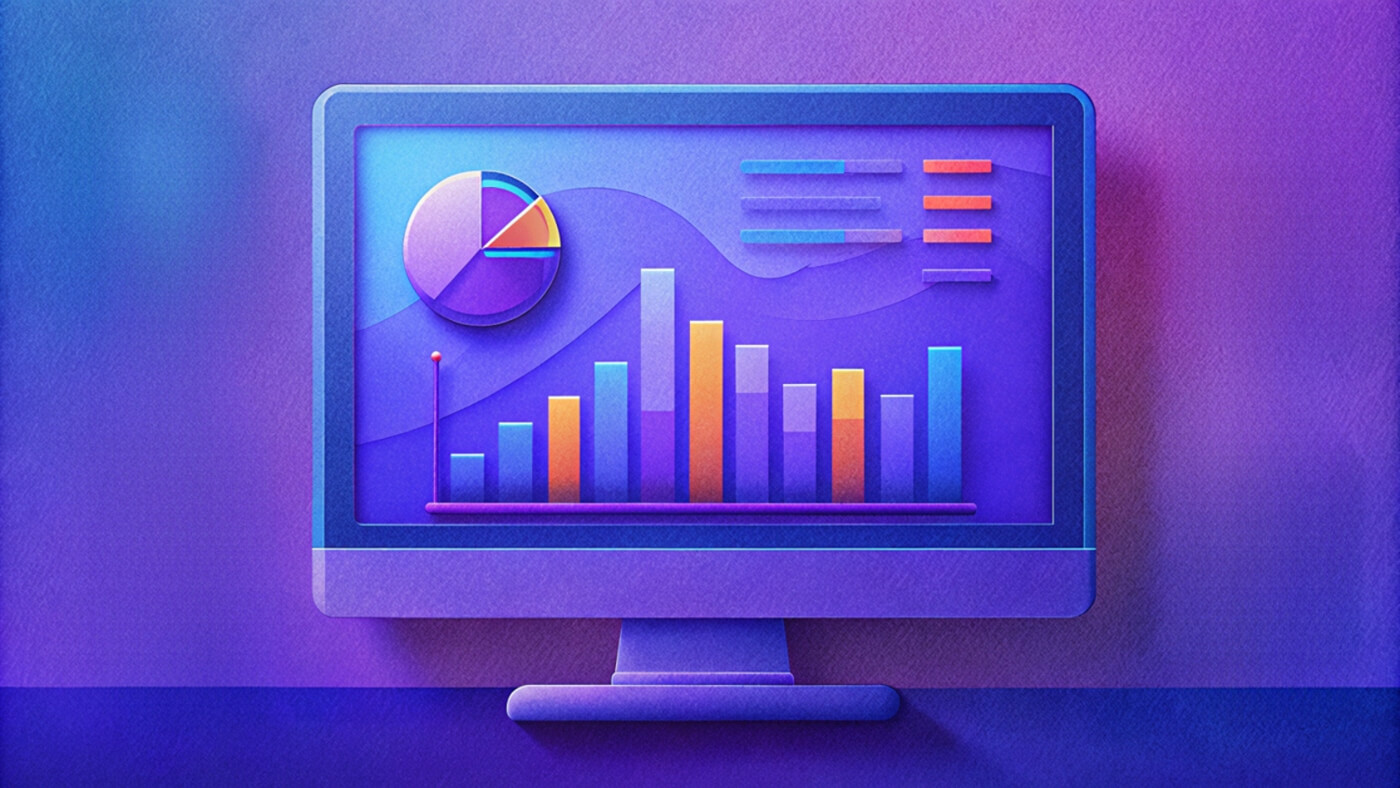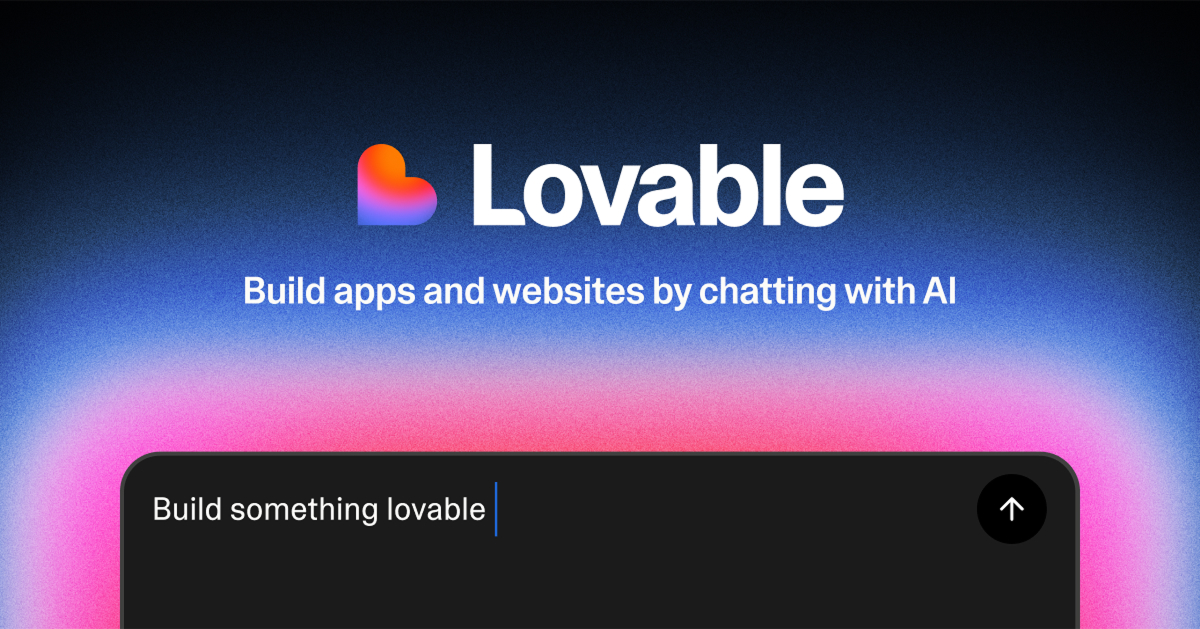Performance marketing is a results-driven marketing strategy where advertisers only pay when specific actions are completed, such as clicks, leads, or sales.
This approach emphasizes measurable results, ensuring that marketing budgets are utilized effectively.
According to Nielsen, 70% of marketers are increasing their performance marketing budgets in 2024, reflecting its growing importance.
In this guide, we’ll explore what performance marketing is, how it works, its benefits, challenges, and best practices.
Whether you’re a digital marketer looking to optimize your campaigns or a business owner aiming to enhance ROI, this in-depth research-backed guide will help you make informed decisions.
Listen to the Audio Version
Experimental. Narrated by Google’s NotebookLM.
Key Takeaways
- Performance marketing ensures cost-effective ad spending by focusing on measurable outcomes.
- It offers flexibility to adapt campaigns based on real-time data insights.
- Understanding the challenges helps marketers develop robust strategies.
What Is Performance Marketing?
Performance marketing can be defined as a comprehensive strategy that allows advertisers to pay solely for specific actions taken by users.
This model evolved alongside the rise of digital advertising technologies, providing advertisers with the ability to track ROI in real-time.
By focusing on measurable results rather than cost or exposure, performance marketing stands apart from traditional marketing approaches that often require upfront payments without guaranteed outcomes.
As the digital landscape continues to expand, performance marketing has become increasingly relevant.
It helps marketers link their advertising expenses directly to their business outcomes, turning data into a driving force for strategic decisions.
How Performance Marketing Works
At the core of performance marketing is the principle that advertisers pay for results.
This may include various payment models such as pay-per-click (PPC), pay-per-impression (PPI), and pay-per-action (PPA).
Brands collaborate with publishers or partners to strategically place ads across various channels, including search engines and social media platforms.
Advertisers only incur costs when users engage with these ads, thereby aligning marketing initiatives with tangible business objectives.
For a comprehensive understanding of the technical aspects, refer to BigCommerce‘s guide.
Real-World Example
Consider a leading e-commerce platform utilizing PPC campaigns.
They may set a budget for a specific target keyword.
Each time a user clicks on their ad and makes a purchase, the company pays for that click only if it results in a sale, effectively minimizing overall marketing costs while maximizing revenue potential.
Key Components
- Tracking and Analytics: Constant monitoring of campaigns is essential.
- Conversion Rates: Measuring how many clicks lead to actual transactions.
Types of Performance Marketing
Performance marketing includes several distinct categories, each with unique strengths and applications:
- Affiliate Marketing: Partnering with affiliates who earn commissions for driving sales leads or traffic.
- Influencer Marketing: Engaging influencers to promote products within their networks, relying on their credibility and reach.
- Pay-Per-Click (PPC): Incurring costs only when users click on ads, widely used on platforms like Google and Bing.
- Social Media Advertising: Targeting users on platforms such as Facebook and Instagram based on specific demographics or interests.
- Native Advertising: Ads that blend seamlessly into the content of the platform, improving user engagement.
Performance Marketing vs. Traditional Marketing
| Feature | Performance Marketing | Traditional Marketing |
|---|---|---|
| Payment Model | Pay per result | Upfront fees regardless of results |
| Metrics | Focused on specific actions | Broad reach and impressions |
| ROI Measurement | Real-time tracking | Typically reviewed post-campaign |
| Flexibility | Agile adjustments based on performance | Limited adaptability |
Benefits of Performance Marketing
Performance marketing offers numerous advantages that can help businesses grow and optimize their marketing spending:
- Cost Efficiency: Since advertisers only pay for successful outcomes, budgets are maximized, avoiding overspending on ineffective campaigns.
- Low Risk: The performance-based model minimizes financial risk, allowing businesses to try diverse strategies without significant upfront investment.
- Real-Time Tracking: Advanced tools provide insights into performance, enabling immediate adjustments for optimized results.
- Targeted Reach: Performance marketing allows the use of sophisticated targeting technologies to find audiences most likely to convert.
- Increased Brand Exposure: Engaging a wider audience can lead to future conversions, enhancing brand visibility.
Challenges and Considerations in Implementing Performance Marketing
While performance marketing is highly effective, it also presents some challenges:
- Data Dependency: Effective performance marketing relies on accurate data collection and insightful analysis. Poor data quality can result in misguided strategies.
- Complexity: With many channels and metrics to manage, properly evaluating campaign effectiveness can become complicated. In this case, partnering with professional PPC agencies can minimize risks, ensure data-driven strategies, and maximize the effectiveness of your campaigns.
- Market Saturation: As performance marketing becomes more common, heightened competition for audience attention and ad space can lead to increased costs.
Best Practices for Performance Marketing Implementation
To maximize your performance marketing strategies, consider these best practices:
- Set Clear Goals: Defining success criteria, such as conversions or sales, enhances focus and direction.
- Use Data Analytics: Implement robust analytics tools for actionable insights and performance tracking.
- Budget Wisely: Allocate resources based on channel performance and adjust strategies in real-time.
- Continuous Testing: Employ A/B testing for different ads and landing pages to discover the most effective approaches.
- Diversify: Explore multiple channels instead of relying on just one, spreading risk while increasing potential reach.
Future Trends in Performance Marketing
Performance marketing is evolving rapidly. Key trends on the horizon include:
- Increased Automation: As tools become more sophisticated, automation will streamline performance marketing processes.
- AI Integration: Artificial intelligence will be employed for predictive analytics, enhancing targeting and campaign efficiency.
- Data Privacy Focus: Marketers must navigate increasingly strict data privacy regulations while maximizing results.
How to Get Started with Performance Marketing
If you’re looking to implement performance marketing, follow these steps:
- Define Your Goals: Decide on the specific actions that constitute success for your campaign.
- Choose Your Channels: Select the platforms that align best with your audience and marketing objectives.
- Implement Tracking Tools: Utilize analytics to monitor performance and gather data for actionable insights.
- Launch Your Campaign: Begin with a focused effort on your chosen channels and strategies.
- Review and Optimize: Regularly analyze results, making adjustments to enhance performance.
Frequently Asked Questions
Most common questions about performance marketing.
What is performance marketing?
Performance marketing is a results-driven strategy where advertisers only pay for measurable outcomes, such as clicks or conversions.
How does performance marketing differ from traditional marketing?
Unlike traditional marketing, which often focuses on impressions and reach, performance marketing emphasizes specific, measurable actions leading to better tracking of ROI.
What are the common payment models in performance marketing?
Payment models include Cost-Per-Action (CPA), Cost-Per-Click (CPC), and Cost-Per-Mille (CPM), each aligning with different campaign goals.
Is performance marketing suitable for all businesses?
Yes, performance marketing can be tailored to fit various industries and sizes, making it a versatile approach for diverse marketing strategies.
How can I measure the success of my performance marketing efforts?
Use metrics such as conversion rates, return on ad spend (ROAS), and customer acquisition cost (CAC) to gauge effectiveness.
Conclusion: Embracing Performance Marketing for Success
Performance marketing represents a significant shift in how businesses approach their advertising strategies. By focusing on results and leveraging data-driven insights, marketers can implement more effective and cost-efficient campaigns.
As trends evolve, staying informed on the latest practices will empower marketers to adapt and succeed in the dynamic digital landscape. Embrace the growing power of performance marketing to optimize your advertising strategies and achieve sustained success.

